
Warning: This article contains SPOILERS for Missing You season 1. The Netflix original series Missing You diverges significantly from Harlan Coben’s acclaimed 2014 novel, altering character depictions and the narrative conclusion. Leading the cast is Rosalind Eleazar, known for her role in Slow Horses, portraying Detective Inspector Kat Donovan. Kat becomes entangled in a gripping missing persons investigation while simultaneously seeking justice for her father’s murder. As her quest unfolds, she uncovers profound and life-changing secrets.
Harlan Coben, a prolific writer with over 30 novels to his name, has seen 12 of his works adapted for film and television. His partnership with Netflix has resulted in several adaptations, including Fool Me Once, Stay Close, and the recently released limited miniseries, Missing You. While the show shares thematic elements with its source material, it introduces various differences that enhance its narrative complexity.
8 Location Shift: From New York to England
The Series Relocates to South Manchester

In a notable shift from previous adaptations, Missing You relocates its story from the familiar streets of New York City to the vibrant landscapes of Manchester, England, and surrounding areas like Glossop. While O’Malley’s bar—once a central hub for characters in the book—doesn’t appear in the series, the setting remains intrinsically tied to the narratives, influencing the characters’ journeys.
Despite the geographical shift, the series retains the essence of urban life in Coben’s original story. Kat still practices yoga, albeit in Manchester, drawing parallels to her New York lifestyle. The serene landscapes of Glossop parallel the seclusion of the Amish farm mentioned in the novel, highlighting the universal themes of isolation and discovery present in both locations.
7 A New Dynamic: Kat’s Partner Changes
Nia Replaces Chaz as Kat’s Partner
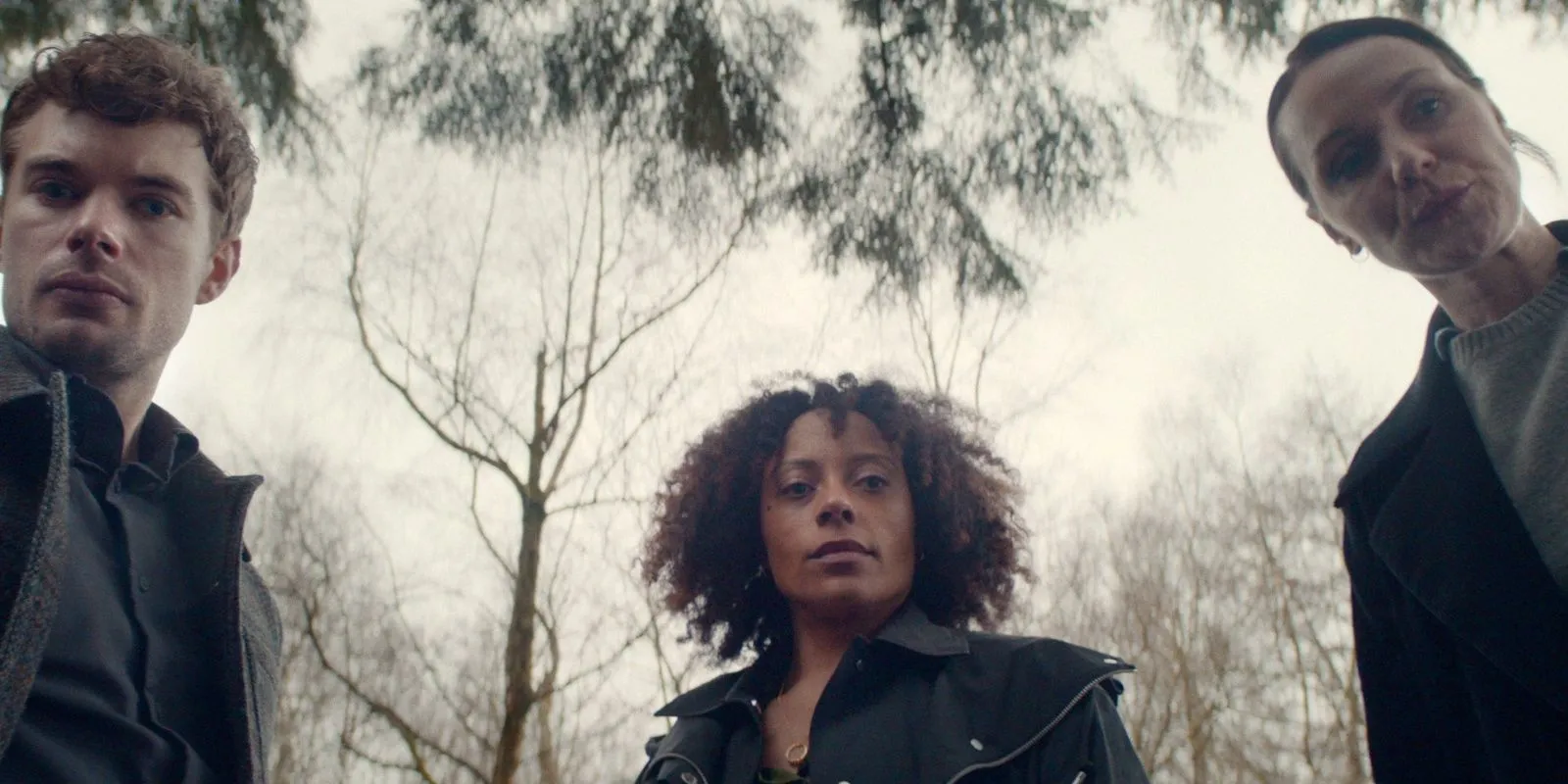
The adaptation also redefines Kat’s partnership. In Coben’s novel, she is paired with Chaz Faircloth, a wealthy aspiring politician whose conflicts with Kat create a tense work atmosphere. Although they eventually bond while investigating a case, Kat initially seeks a different partner.
Contrastingly, the Netflix version introduces Nia as Kat’s partner, showcasing a strong collaborative dynamic. While Chaz’s character finds an echo in Charlie Pitt in the series, who assists Kat during her suspension, he plays a more significant role in her father’s investigation—a departure from the supportive nature of Chaz in the book.
6 Character Adjustments: Kat’s Emotional Resilience
Kat’s Growth Contrasts With Her Novel Counterpart
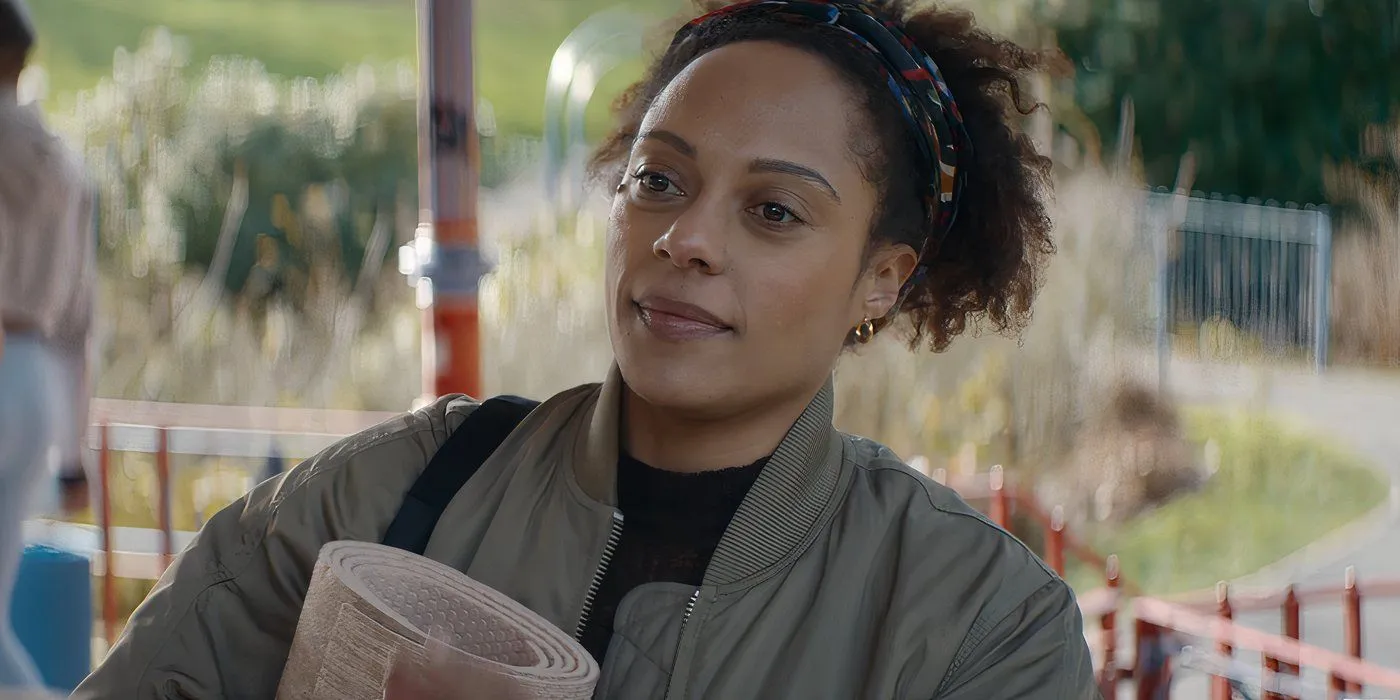
In the novel, Kat struggles profoundly with her father’s death and the abrupt end of her engagement. Consumed by grief, she resorts to unhealthy coping mechanisms, including excessive drinking, which exacerbates her emotional turmoil.
In contrast, the series portrays a more resilient Kat who actively engages in her social life and maintains a healthy relationship with her mother. Although she is haunted by her father’s murder, her dynamic personal life and supportive friendships provide her with the strength to pursue the truth.
5 Character Adaptations: Missing Figures
Notable Absences from the Cast
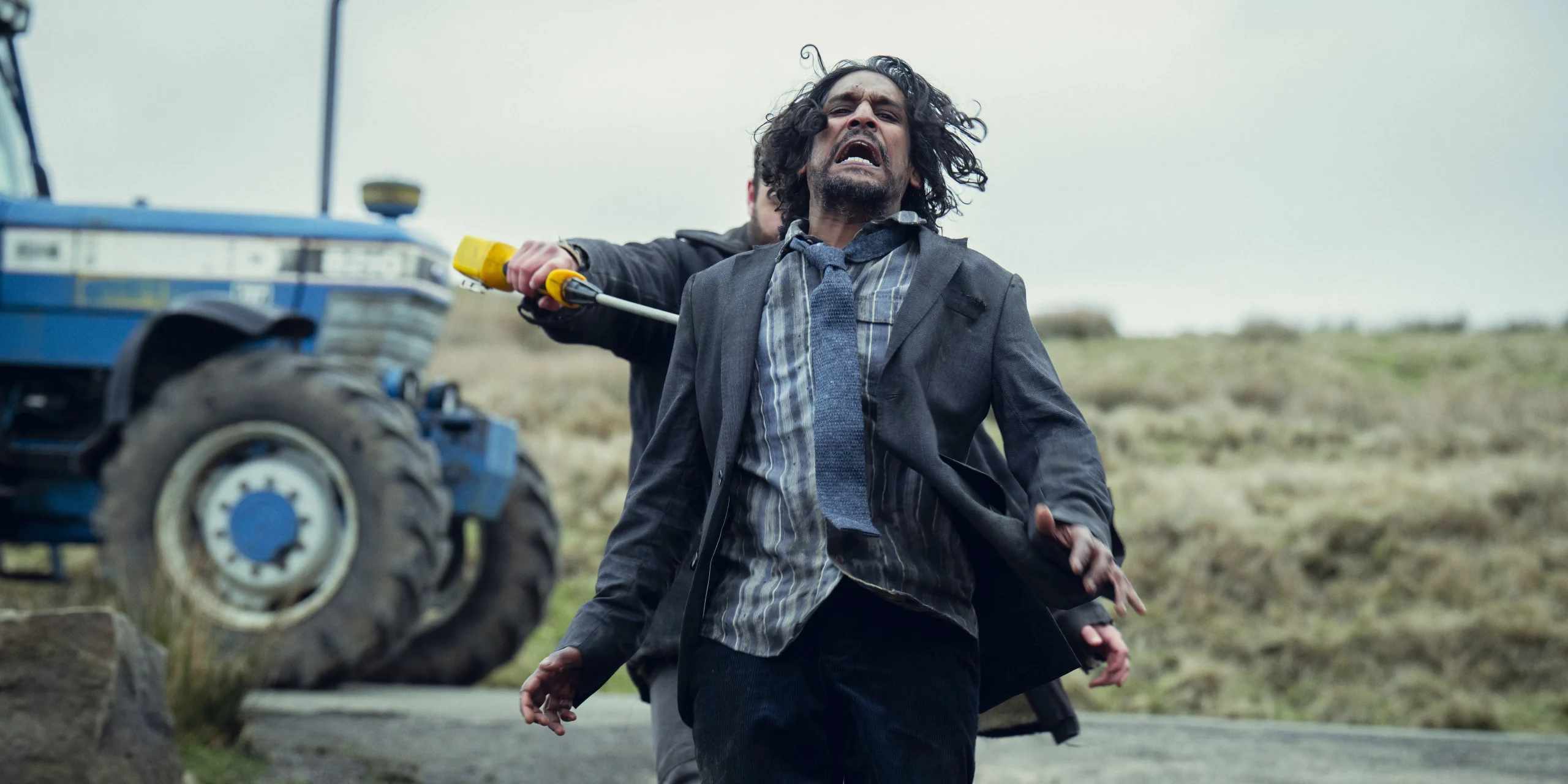
Not surprisingly, the Netflix adaptation has omitted several characters from the original storyline. Key figures such as Dimitri, the hacker, and Detective Schwartz, who investigates Dana’s case, are conspicuously absent. Additionally, Kat’s siblings and Martha, a kidnapping victim, have been removed from the series, leading to a streamlined narrative that focuses primarily on the main storyline.
In certain instances, character names have also been altered. For example, Kat’s father is referred to as Clint in the series instead of Henry, and Rishi Magari replaces Gerard Remington in a similar capacity. While these changes could lead to some confusion among readers of the book, they do not significantly impact the overarching plot.
4 Strengthened Bonds: Kat and Odette
A Closer Relationship in the Adaptation
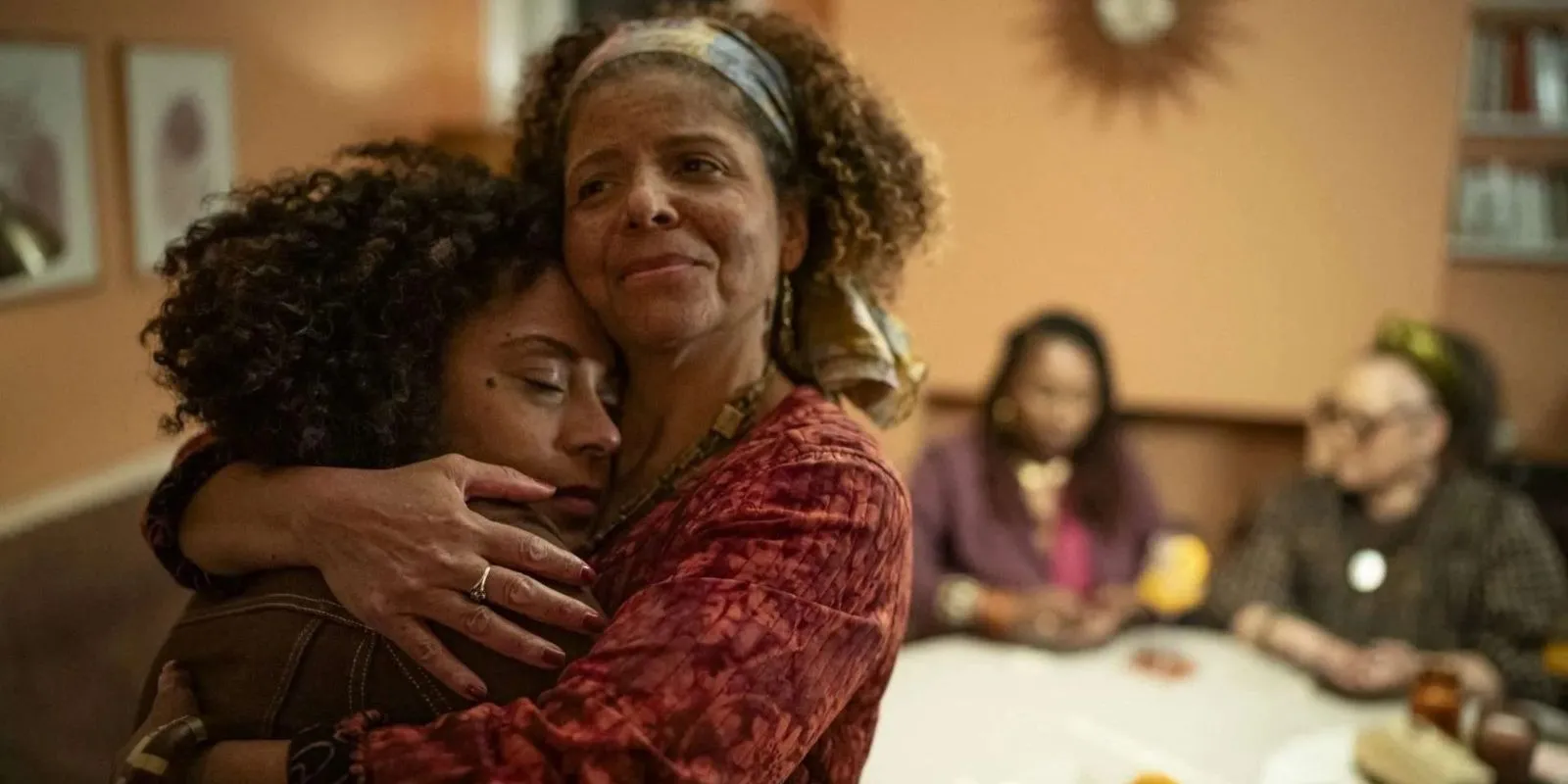
In the novel, Kat’s relationship with her mother, Odette, deteriorates following her father’s death. Tension arises as they criticize each other’s coping mechanisms, creating a significant rift. Their interactions are strained, leading to infrequent visits.
In contrast, the Netflix series portrays a nurturing bond between Kat and Odette, illustrating a supportive dynamic. While they face challenges, their relationship is characterized by genuine care, representing a positive evolution from the book’s portrayal.
3 Titus’s Character Reinvented
A More Public Persona for Titus
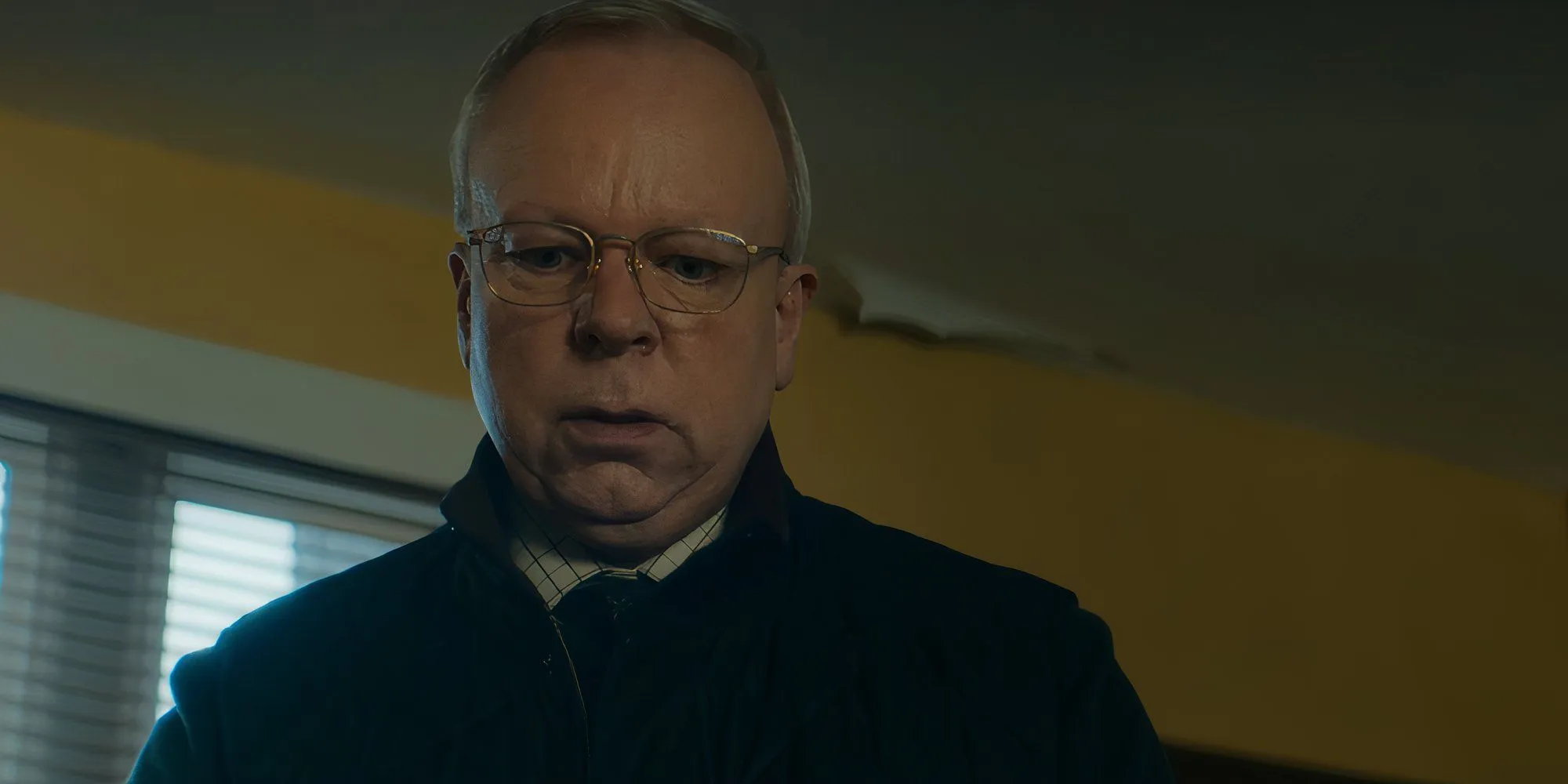
In Coben’s original narrative, Titus is depicted as a reclusive figure, taking great care to conceal his illicit activities. He operates mostly in secrecy, ensuring minimal exposure to outsiders.
The Netflix adaptation, conversely, repositions Titus as a dog breeder. This shift allows him greater interaction with the community, providing a facade to distract from his darker dealings. The farm remains, but it operates under the guise of legitimate business, showcasing the adaptation’s creative reimagining of character roles.
2 Representation Matters: Aqua’s Transformation
Improved Representation for Trans Characters

Aqua’s character experiences one of the most significant changes in the adaptation. In the original novel, she is depicted as a homeless transgender individual grappling with mental health challenges. For the adaptation, Aqua’s story is transformed to present her as a more rounded character with a stable life, teaching yoga and supporting Kat’s journey.
This shift not only humanizes Aqua but also corrects the outdated and potentially offensive representations seen in the novel, showcasing the series’ commitment to inclusivity and better representation of transgender individuals.
1 A New Conclusion: Alterations to the Ending
Key Differences in the Series Finale

The series finale presents a departure from the book’s conclusion. While the novel depicts Kat following Reynaldo while he kidnaps Brendan, the series turns this encounter into a plot twist at the police station, significantly shifting the tension and resolution of the storyline.
Additionally, Reynaldo’s actions in the series differ from the novel’s portrayal, impacting the story’s climax significantly. Similarly, crucial events involving Aqua and Clint have been restructured for the adaptation, culminating in a different type of conflict than seen in the original narrative.
These alterations not only reshape character arcs but also enhance dramatic tension, inviting audiences to engage with the series on its own terms, beyond the original text.




Leave a Reply